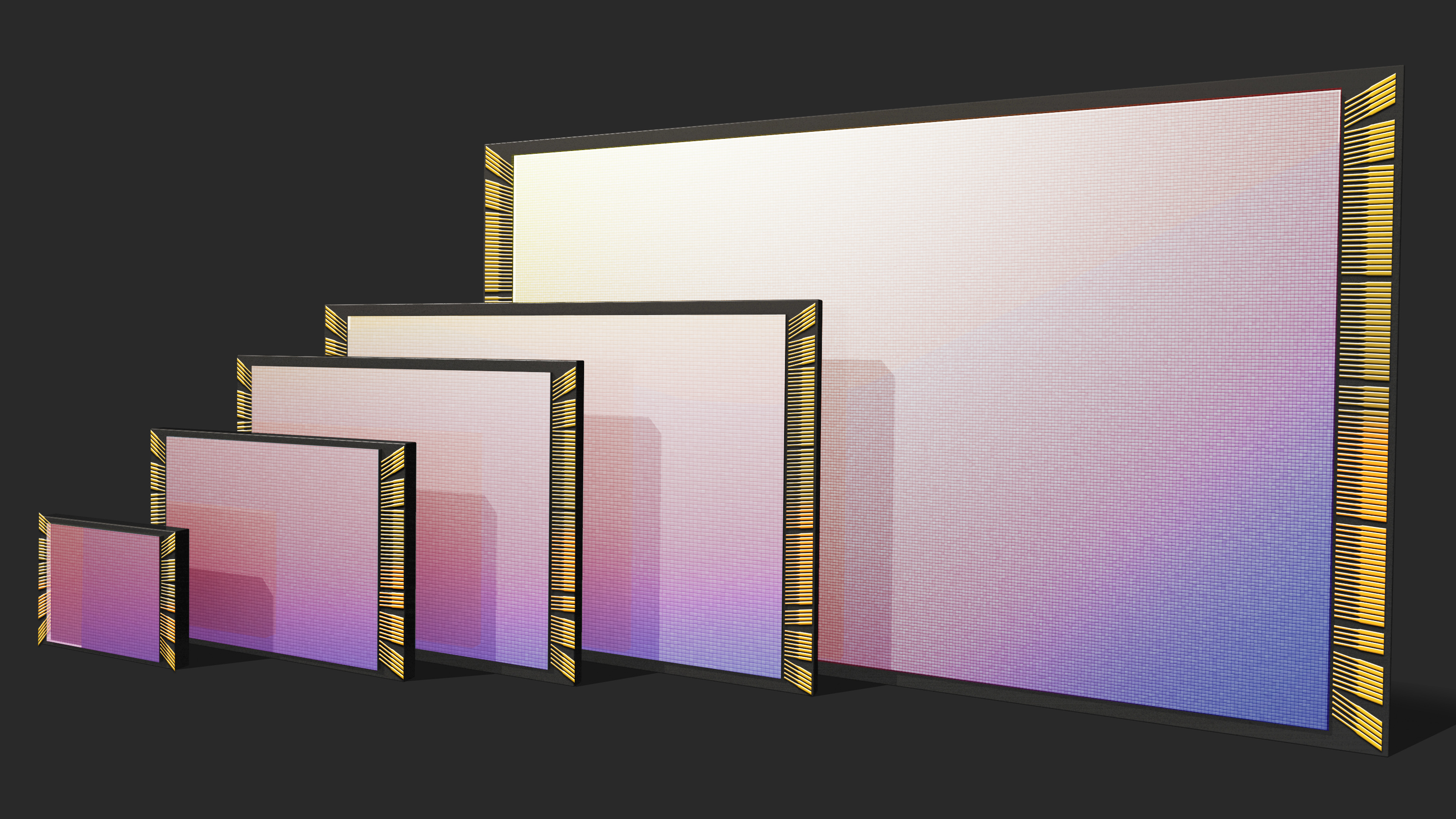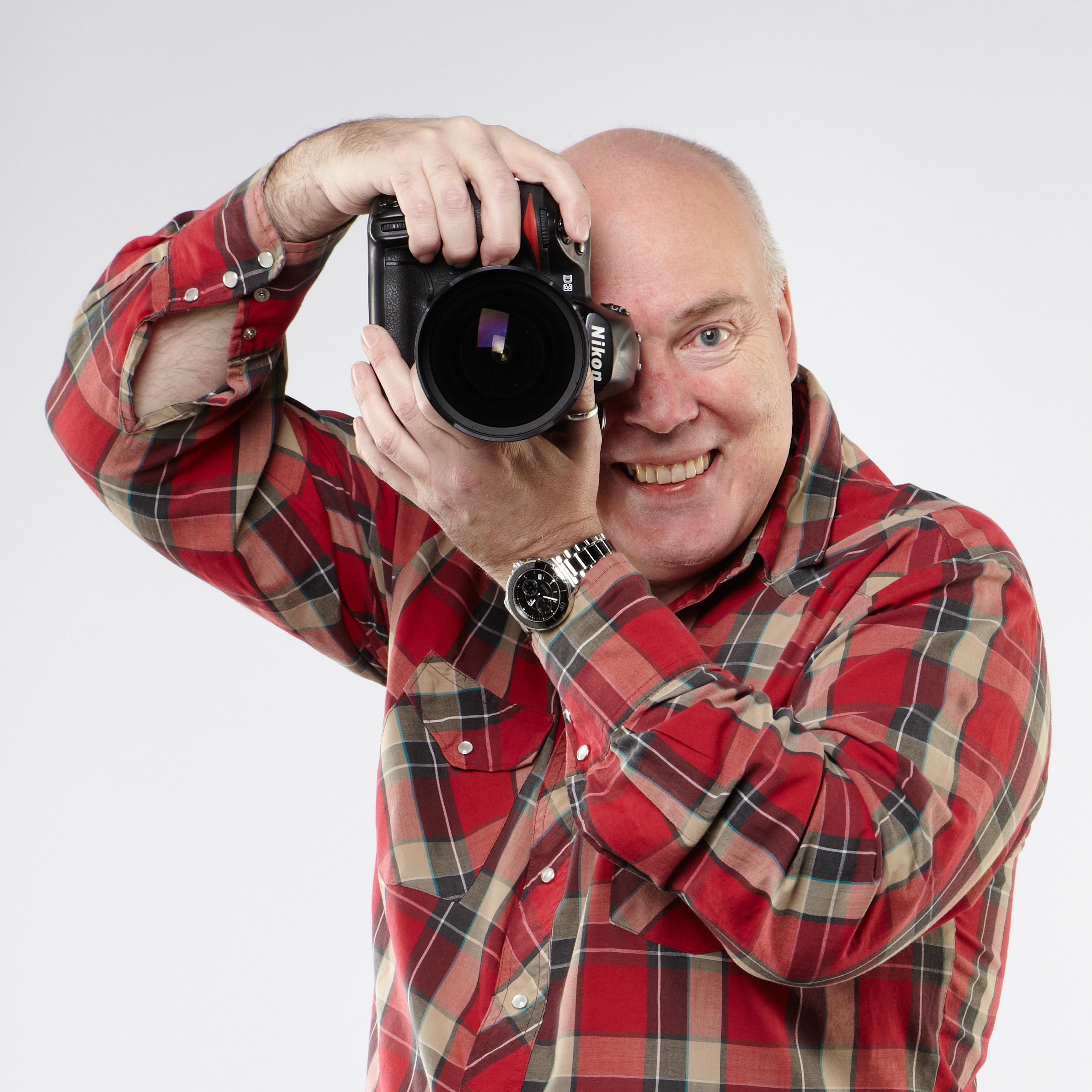Compact camera sensor sizes compared. Here's why bigger isn't always better!
The size of the sensor is one of the most important things to consider when choosing a compact camera

There was a time when the number of megapixels was one of the most important things to consider when choosing a camera. But now it is the size of the sensor that probably matters most for most people.
The basic science will tell you that the bigger the sensor the better. All things being equal, a bigger sensor will mean you have bigger individual pixel-creating photosites will give you an image with less noise. A bigger sensor will also give you much better control over depth of field – allowing you to restrict it so you get the blurred backgrounds that many photographers and videomakers love.
But there are good reasons why not all cameras have large sensors – and particularly with compact cameras. Popular on pro cameras, a full-frame sensor measures 35.6 × 23.8mm. Compare that to a the "one inch" Type 1 sensor found in a premium camera phone or in a decent zoom compact camera, where the sensor area is 13.2 x 8.8mm… The full-frame sensor, as shown in the following table, is over seven times larger than the Type 1 sensor.
| Sensor | Dimensions | Area | Crop factor |
|---|---|---|---|
| Full frame | 35.6 × 23.8mm | 847.28mm2 | 1x |
| APS-C | 23.5 x 15.6mm | 366.6mm2 | 1.5x |
| Canon APS-C | 22.3 x 14.9mm | 332.27mm2 | 1.6x |
| Micro Four Thirds | 17.3 x 13mm | 224.9mm2 | 2x |
| 1in (Type 1) | 13.2 x 8.8mm | 116.16mm2 | 2.7x |
| 1/2.3in | 6.17 x 4.56mm | 28.13mm2 | 5.6x |
| Medium format | 43.8 x 32.9mm | 1441.02mm2 | 0.79x |
This huge difference in size means that the full-frame camera is substantially larger than a Type 1 compact (or mobile phone). Furthermore, and more importantly, the lenses are much, much bigger too. The bigger the sensor, the bigger your camera and its lenses will be (and the cost will increase too).
Compact cameras have become popular again in the last couple of years. And you can buy full-frame-sensored compact cameras - such as the luxury-priced Leica Q3 - but to keep them relatively compact these will by necessity have a fixed wide-angle lens.
The same is true with nearly all APS-C compact cameras - which use a sensor that is under half the size of a full-frame one. The Fujifilm X100VI has proved extraordinarily popular, but even with its APS-C sensor it still only offers a fixed focal length.
To get a built-in zoom in a compact, manufacturers have to use a smaller sensor. The best-quality zoom compacts use the Type 1 sensor - with examples including the Sony ZV-1 with its 24-70mm-equivalent built-in lens.
However, the majority of compact cameras use much smaller sensors again - often to allow the to create a smaller, more pocketable camera OR to pack in a much bigger zoom.
The hugely popular Kodak FZ55 has a minute 1/2.3-inch sensor to keep it truly pocketable and affordable, despite offering a 5x zoom. The same 1/2.3 sensor is used in the mammoth Nikon Coolpix P1100 so that it can offer a record-breaking 24-3000mm equivalent zoom range.
The truth is, as with lots of things in life, you can't have everything. A bigger sensor in a compact will give you better quality images – but you will lose the creative possibilities provides by having a zoom lens, and/or the camera will be bigger. The compromise you are willing to make will be one of the key decisions if you too want to join the increasing numbers of photographers returning to the compact camera.
The best camera deals, reviews, product advice, and unmissable photography news, direct to your inbox!

Chris George has worked on Digital Camera World since its launch in 2017. He has been writing about photography, mobile phones, video making and technology for over 30 years – and has edited numerous magazines including PhotoPlus, N-Photo, Digital Camera, Video Camera, and Professional Photography.
His first serious camera was the iconic Olympus OM10, with which he won the title of Young Photographer of the Year - long before the advent of autofocus and memory cards. Today he uses a Sony A7 IV, alongside his old Nikon D800 and his iPhone 15 Pro Max.
He is the author of a number of books including The Book of Digital Photography, which has been translated into a dozen different languages.
In addition to his expertise in photography and videomaking, he has written about technology for countless publications and websites including The Sunday Times Magazine, The Daily Telegraph, What Cellphone, T3 and Techradar.

